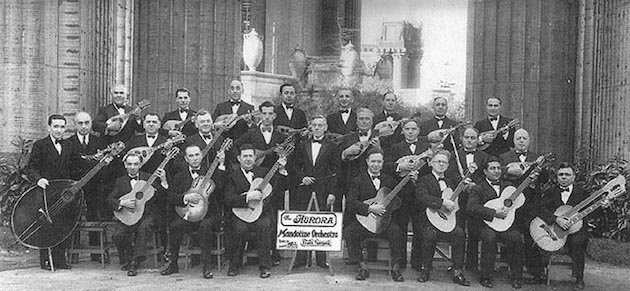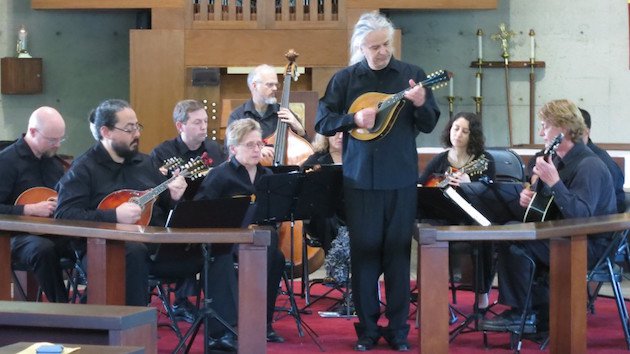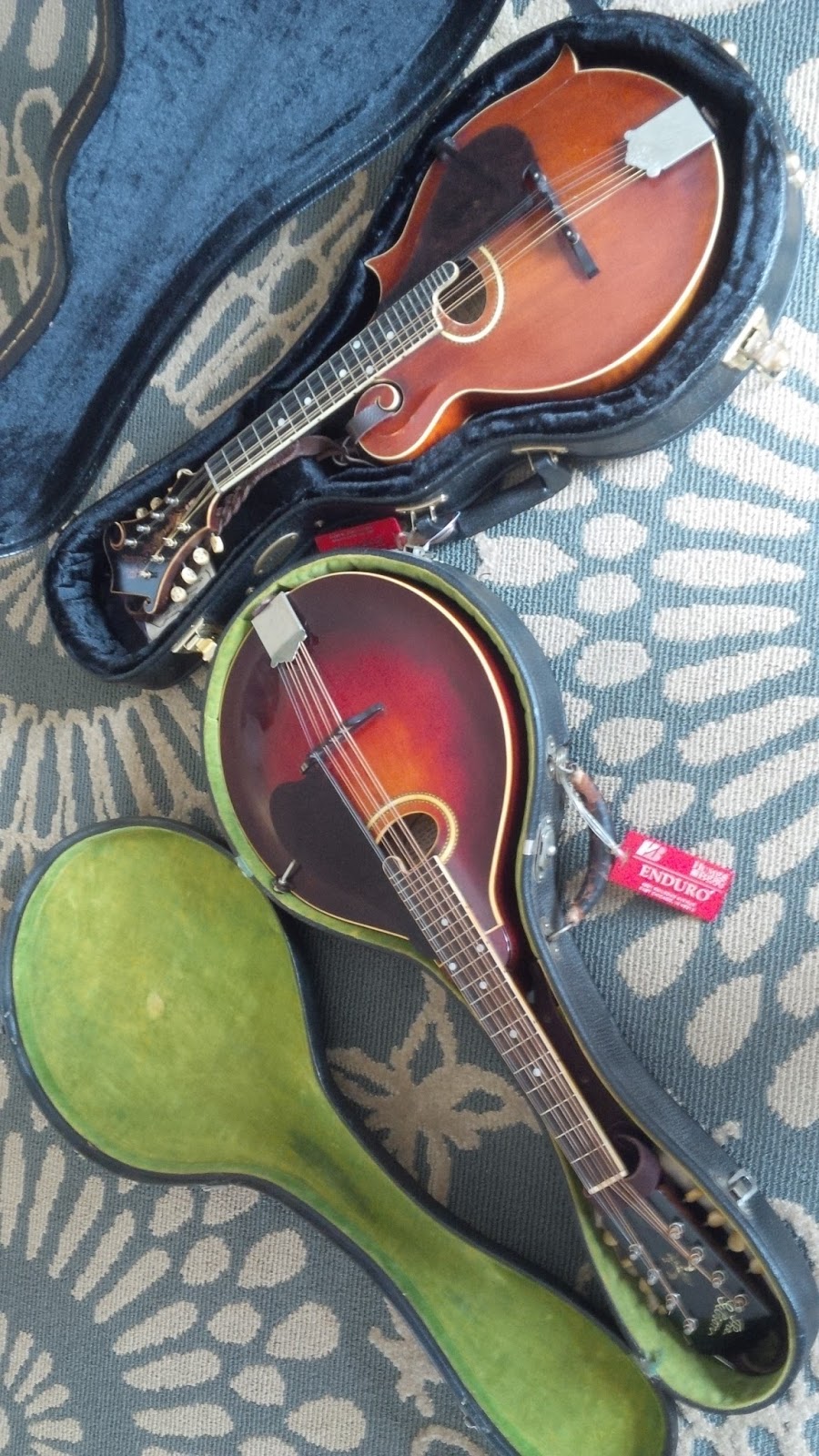After more than 10 years of starting, stopping, stalling and restarting, I finally finished my fist kit mandolin build. This was a Saga brand kit given to me by my wife as Christmas present more then 10? years ago! Can't remember the exact year I got it. I started on it right away, but immediately ran into the problem of not having appropriate tools, or a proper work space or bench to work on it. I live in a town house with no garage, no basement, and the best work space was a table in the laundry room. Problem with the table in the laundry room, is it's "the table in the laundry room" used for laundry/folding clothes, etc. So every time I wanted to work on the project, I had to unpack all the parts from the box, putz around with it, and then would have to pack up the parts and pieces back into the box, and store somewhere leaving the table available for laundry. I tried several other locations at home, but there's nowhere I could leave the parts, pieces, tools, and instructions out in between "work sessions" when I could find time to work on it. The result was after a while, it ended up stored in it's box under beds, in closets, or hard to reach shelves, in various states of unfinished condition. As the years rolled on, it sat for longer and longer periods of time in between fewer and fewer "work sessions," until recently when I took it to my office at work, and left it (in pieces) "out" on a table next to my desk. As it was finally "out of the box" calling my name, and drawing me in visually more often, and I started to get going on it again during spare time at work. I started to make progress especially during long evenings stuck in my office babysitting the rehearsal facility here at SIR Miami where I've been employed for more than 19 years.
Its not 100%, but it's playable, and I'm satisfied more or less with my first effort. I'm still adjusting and fussing with the set up, intonation, and may still mess with cutting the bridge, and nut a bit, but I like the way it feels in my hands, and sounds pretty good.
The head-stock may also be a work in progress or I might just leave it.
The finish is an oak stain, sanded, oiled, and buffed many times. The strap I made from scraps of leather for the nut ends, glued (Shoe Goo) to some bulk braided leather cord I had laying around. There's a hair tie/pony tail woven into the strings past the bridge to cut the overtone ring. Plays pretty good, and sounds nice. Here are some pics.
Its not 100%, but it's playable, and I'm satisfied more or less with my first effort. I'm still adjusting and fussing with the set up, intonation, and may still mess with cutting the bridge, and nut a bit, but I like the way it feels in my hands, and sounds pretty good.
The head-stock may also be a work in progress or I might just leave it.
The finish is an oak stain, sanded, oiled, and buffed many times. The strap I made from scraps of leather for the nut ends, glued (Shoe Goo) to some bulk braided leather cord I had laying around. There's a hair tie/pony tail woven into the strings past the bridge to cut the overtone ring. Plays pretty good, and sounds nice. Here are some pics.
At long last it's not a bunch or parts in a box under a bed !!!!!




























.jpg)
.jpg)
.jpg)
.jpg)
.jpg)








